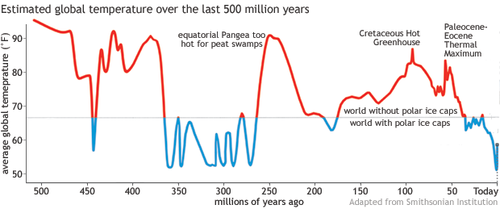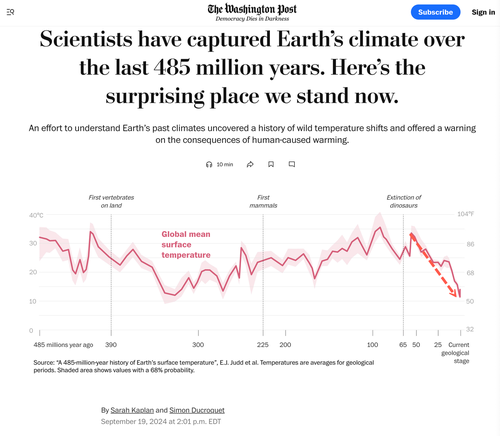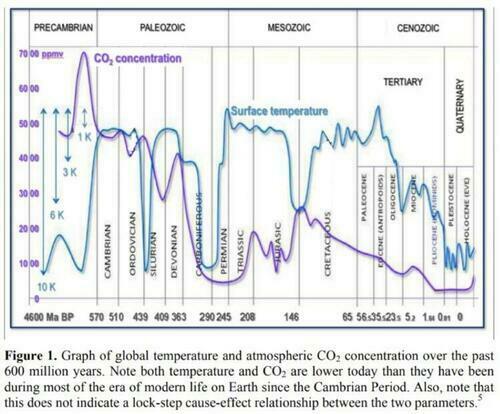Just like the plot of the movie Snowpiercer, where governments try to combat global warming by spraying chemicals into the atmosphere and inadvertently trigger an ice age, reality seems to be following fiction. The UK is now planning to fund an experiment to “dim the sun”, in an effort to address climate change concerns. This initiative will involve field trials that could include methods like injecting aerosols into the atmosphere or brightening clouds to reflect sunlight.
This project is aimed at preventing what scientists refer to as “runaway climate change”, although there is no concrete evidence to support such a claim.
Aria, the Government’s advanced research and invention funding agency, has allocated £50 million for these projects, with the recipients set to be announced in the near future.
Prof Mark Symes, the program director for Aria (Advanced Research and Invention Agency), mentioned that there will be “small controlled outdoor experiments on particular approaches”. He emphasized the importance of gathering physical data from real-world scenarios, rather than relying solely on models.
One of the main research areas is Sunlight Reflection Methods (SRM), including techniques like Stratospheric Aerosol Injection (SAI) and Marine Cloud Brightening (MCB).
Despite the push to reduce carbon emissions, scientists argue that current efforts are insufficient, leading to irregular weather patterns and concerns about reaching a temperature “tipping point”. However, critics point out that most climate change theories lack substantial evidence and overlook the Earth’s long history of climate fluctuations.

When analyzing temperature data over millions of years, it becomes evident that today’s temperatures are relatively low compared to historical norms, contradicting claims of excessive heat. Moreover, there is a lack of correlation between carbon levels and global warming, as demonstrated by long-term carbon and temperature data.

Furthermore, there is a lack of empirical evidence linking carbon emissions to extreme weather events. The foundation of the climate change narrative rests on theoretical models rather than real-world observations, leading to concerns about the validity of proposed solutions.

With governments exploring atmospheric manipulation techniques like “dimming the sun” to address climate concerns, there is a growing skepticism about the effectiveness and motives behind such initiatives. Critics argue that these experiments may be based on unfounded beliefs rather than scientific evidence, raising questions about the implications of altering natural processes without public consent.
Loading…

